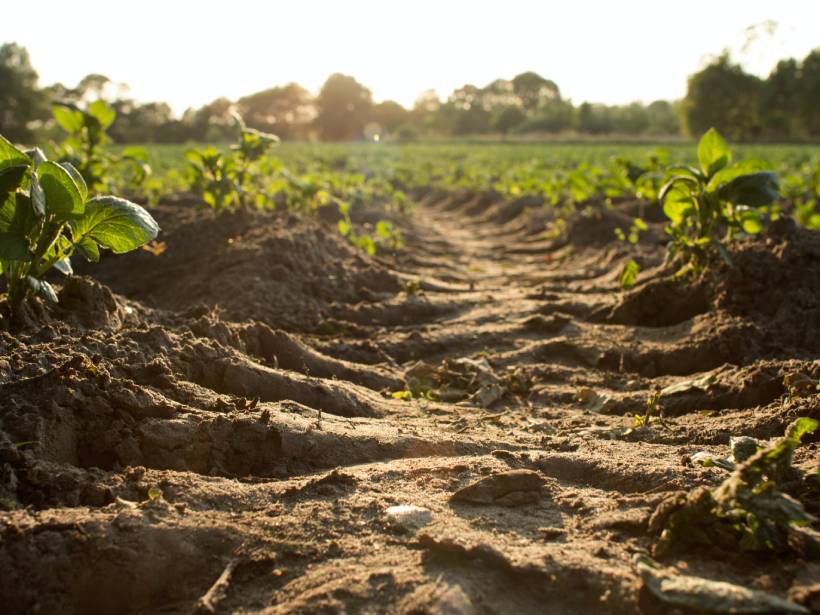Source: Journal of Geophysical Research: Biogeosciences
Healthy soil is paramount to life on Earth. In addition to its importance in agriculture, soil is the foundation for almost every terrestrial ecosystem on Earth. Soil organic carbon (SOC) is frequently used as a gauge of soil health, it plays an important role in terrestrial carbon cycling, and it carries huge implications for climate change adaptation. Understanding these dynamics on a planetary scale will be vital as humanity attempts to feed a growing population under increasing stress from a warming planet.
In a new study, Endsley et al. used remote sensing to study surface SOC dynamics globally, drawing data from NASA’s Soil Moisture Active Passive (SMAP) satellite, which combines radiometer measurements of Earth’s surface low-frequency microwave emissions with modeling to calculate soil moisture and the freeze-thaw state. In particular, SMAP’s microwave radiometer data can be combined with a physical model of plant carbon uptake and soil decomposition to estimate the global terrestrial carbon budget in the SMAP Level 4 Carbon (L4C) product. The team used SMAP L4C in combination with other satellite data, such as vegetation observations from Moderate Resolution Imaging Spectroradiometer instruments, to create a model that would specifically characterize SOC.
The result is a global estimation of SOC to a depth of 5 centimeters with a horizontal resolution of 9 square kilometers. The scientists compared their estimates to prior measurements and soil inventory records of SOC and found that their model generally agreed well with them. The researchers say that the new model will allow them to monitor seasonal and annual changes in SOC and will also offer a view of how ecosystems and the planet at large respond to floods, droughts, and other short-term events. (Journal of Geophysical Research: Biogeosciences, https://doi.org/10.1029/2020JG006100, 2020)
—David Shultz, Science Writer
Citation:
Shultz, D. (2021), A global look at surface soil organic carbon, Eos, 102, https://doi.org/10.1029/2021EO154095. Published on 01 February 2021.
Text © 2021. AGU. CC BY-NC-ND 3.0
Except where otherwise noted, images are subject to copyright. Any reuse without express permission from the copyright owner is prohibited.
Text © 2021. AGU. CC BY-NC-ND 3.0
Except where otherwise noted, images are subject to copyright. Any reuse without express permission from the copyright owner is prohibited.

